.jpg)
Urban gardening is booming. City dwellers and suburbanites alike are embracing greener lifestyles, turning balconies and backyards into flourishing mini-oases.
In fact, home gardening trends 2025 show a record number of people growing plants at home – a recent survey found 43% of Americans now cultivate some of their own food, the highest level in 17 years.
Why the surge? Beyond fresh veggies or pretty blooms, gardening offers therapeutic benefits – the Pennsylvania Horticultural Society even named “horticulture as therapy” one of its top trends, noting the growing connection between plants and mental health.
From kitchen herb garden setups on apartment windowsills to high-tech planters and eco-friendly composting, let’s explore what’s driving the urban gardening trends 2025 and what’s hot in gardening 2025 for small-space growers.
Compact and Vertical Gardening: Trends for Small Spaces
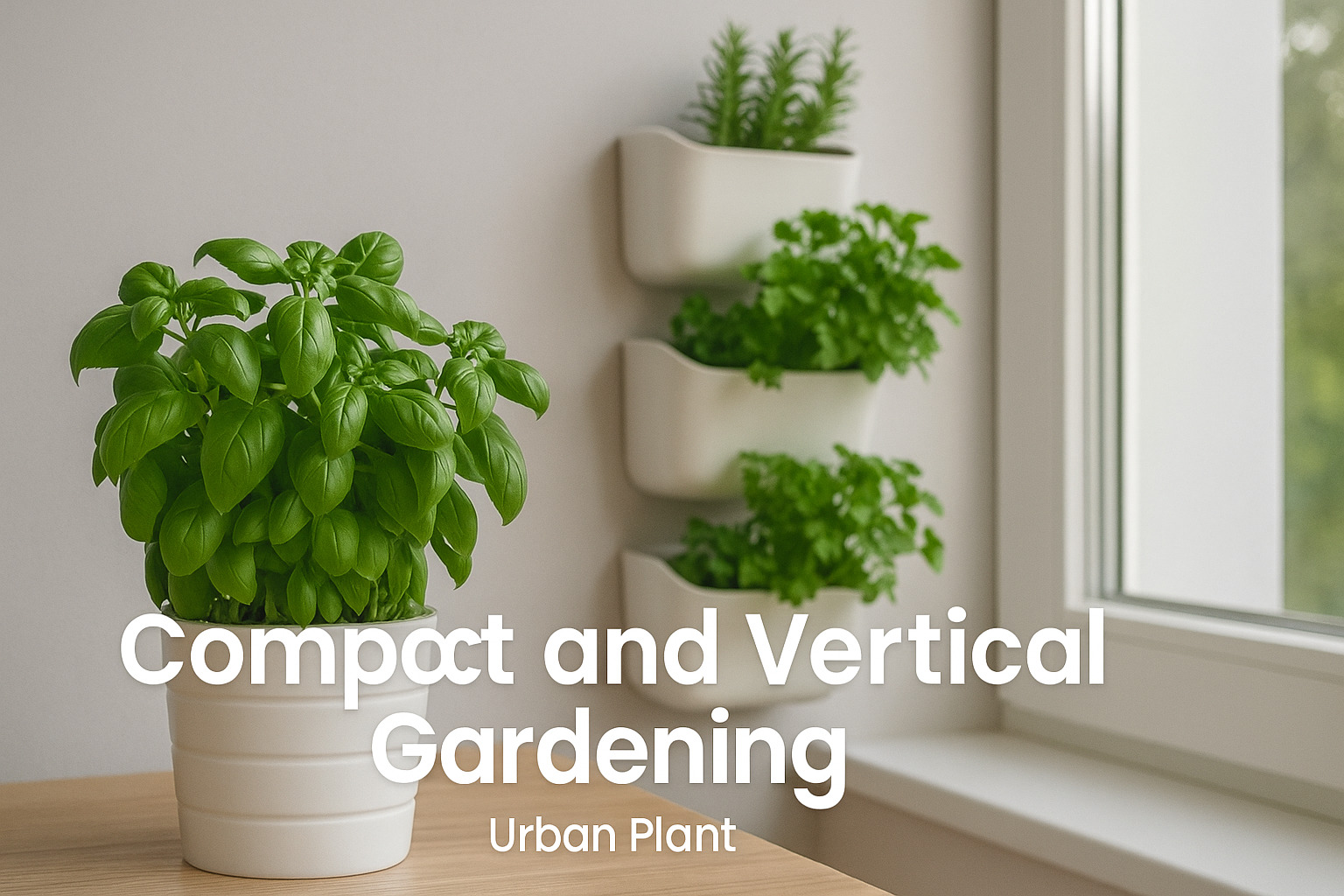
One of the biggest gardening trends for small spaces in 2025 is making the most of vertical real estate.
When you lack a yard, vertical gardening is the go-to solution – think wall-mounted planters, tiered plant shelves, and hanging baskets cascading with greenery. Living in a high-rise with only a balcony?
No problem! Gardeners are growing upward with climbing vines on trellises and creative use of walls and railings.
The Pennsylvania Horticultural Society notes that living “green” walls and vertical gardens are popping up everywhere, both indoors and out.
Small balcony garden ideas include using railing planters for herbs or strawberries, stacking pots on a plant stand (check out stylish metal or wooden stands from Urban Plant’s collection for inspiration), or installing a pallet on the wall to tuck in succulents and ferns.
Even a tight kitchen corner can host a vertical herb garden using hanging planters or a DIY shelf.
The key is creativity: grow up when you can’t grow out! This trend proves you don’t need a big backyard – with vertical solutions, any space can become a lush mini-forest.
Trending Low-Maintenance Plants & Ideas
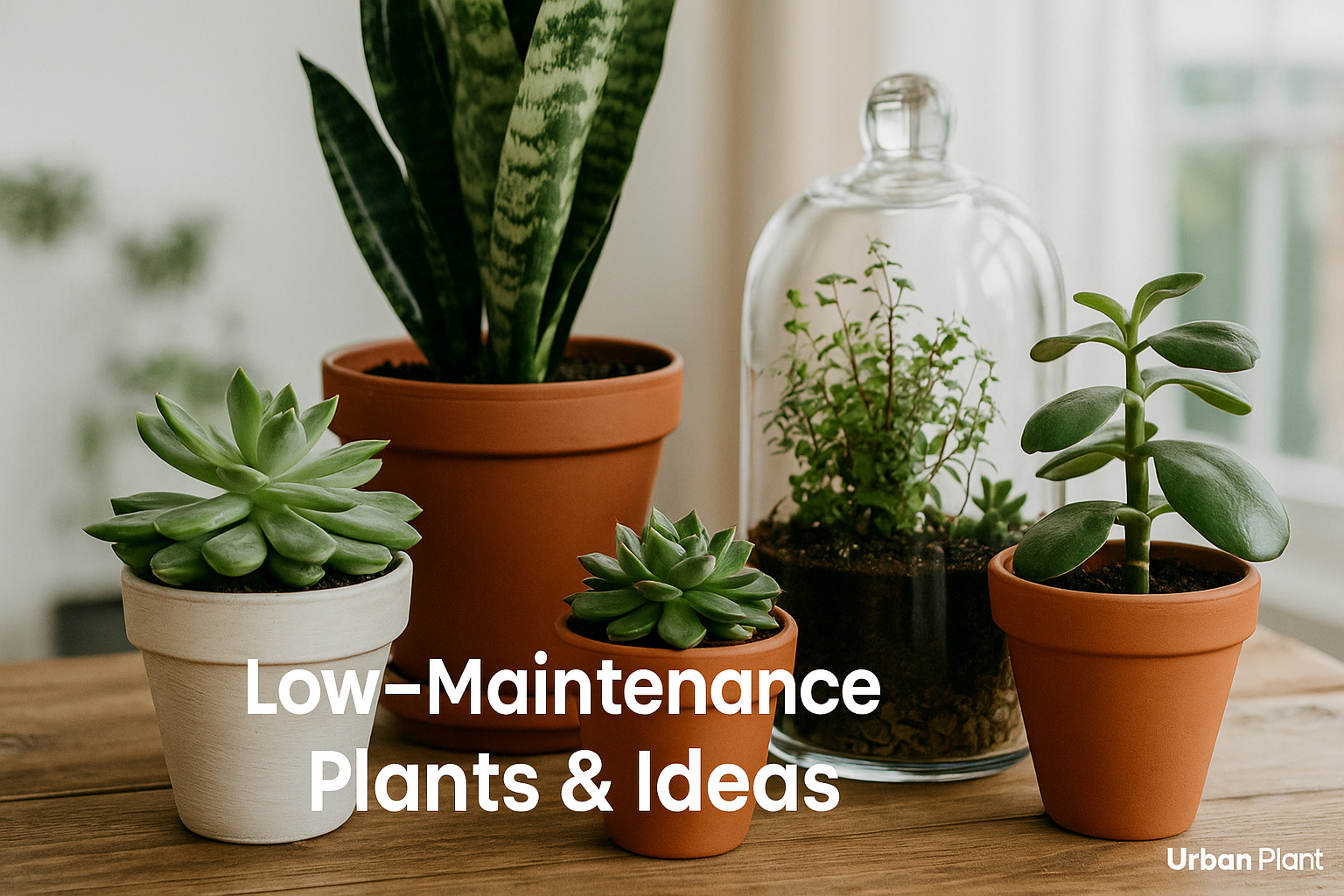
Not everyone has hours to baby their plants, so low-maintenance plant ideas are thriving in 2025’s gardening scene.
Busy urban gardeners are opting for resilient, easy-care plants that don’t mind a little neglect. Some of the stars of this trend include:
- Succulents and Cacti: These drought-tolerant gems practically thrive on neglect. Succulents like echeveria or jade plants and small cacti only need bright light and a occasional watering – perfect for forgetful plant parents.
- Air Plants (Tillandsia): No soil, no fuss! Air plants absorb moisture from the air. Pop them into decorative holders or hang them – just mist occasionally.
- Hardy Houseplants: Classics like the snake plant (Sansevieria), pothos, and ZZ plant are nearly indestructible. They tolerate low light and irregular watering while purifying indoor air.
- Dwarf Fruit & Veg Varieties: For those wanting edibles, compact dwarf tomatoes or chili plants can produce harvests with minimal care, especially when grown in self-watering containers.
Even trendy ornamentals are leaning low-maintenance.
Drought-tolerant native plants and wildflowers are popular as gardeners favor species that practically take care of themselves once established.
This “tough love” approach means more greenery with less headache.
It’s also why smart gardening tools (which we’ll get to shortly) and innovations like self-watering planters are such a hit – they make plant care easier than ever.
Pro Tip: Starting with hardy plants is a confidence boost for new gardeners. A few foolproof choices and you’ll be hooked on gardening success!
And if you’re looking for ideas, Urban Plant offers plenty of low-maintenance plant options and even self-watering pots to keep them happy with minimal effort.
(Their Self-Watering Pots collection is perfect for busy gardeners who want healthy plants without daily watering.)
Read Also
Genius Indoor Plant Styling Ideas: How To Décor Your Home Livingroom
Monsoon Secrets: Care Tips For Balcony Plants In Rainy Season
Kitchen Herb Garden Trends Ideas for Fresh Flavors
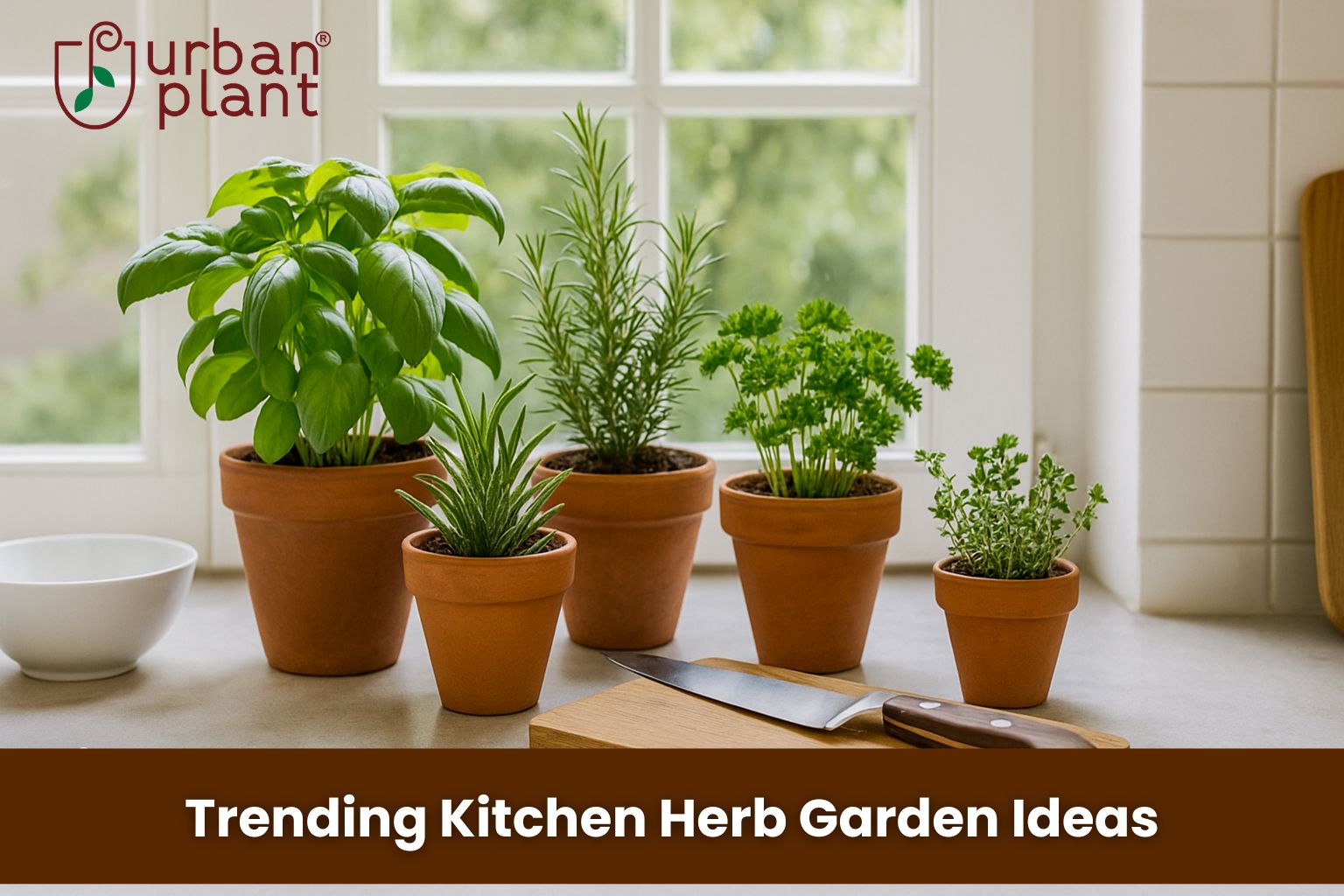
Who doesn’t love the convenience of snipping fresh basil or mint right in the kitchen?
Kitchen herb gardens continue to be red-hot in 2025.
Even if you’re in a tiny apartment, you can create a thriving indoor kitchen herb garden that brings flavor to your food and greenery to your home.
Get creative with kitchen herb garden ideas:
- Mason Jar Herb Garden: Reuse glass jars as planters for parsley or dill. It looks charming and fits on narrow ledges. Just add pebbles at the bottom for drainage.
- Hanging Herb Planters: Mount small planters on a kitchen wall or hang from the ceiling. Trailing herbs like oregano or thyme can drape decoratively.
- Tiered Planter Stand: A multi-tier stand lets you stack pots vertically (great for corners). You can grow a variety of herbs in a compact footprint.
- Hydroponic Herb Kit: Embrace tech by using a smart hydroponic planter – these countertop kits grow herbs in water with built-in lights. They’re foolproof and fast-growing.
Remember to harvest your herbs regularly! Pinching off leaves encourages new growth and gives you a continual supply for cooking.
Also, feed your herbs occasionally; an organic liquid fertilizer works wonders.
(Urban Plant has a range of natural plant foods and herb seeds if you want to start your herbs from scratch – growing from seed is budget-friendly and satisfying.)
One more tip: group herbs by their needs. Thirsty herbs like basil and parsley do well together, while woody, drought-resistant herbs like rosemary and sage prefer drier conditions. By pairing them smartly, your kitchen herb garden will be easier to maintain.
Smart Gardening Trends Tech: High-Tech Meets Green Thumb
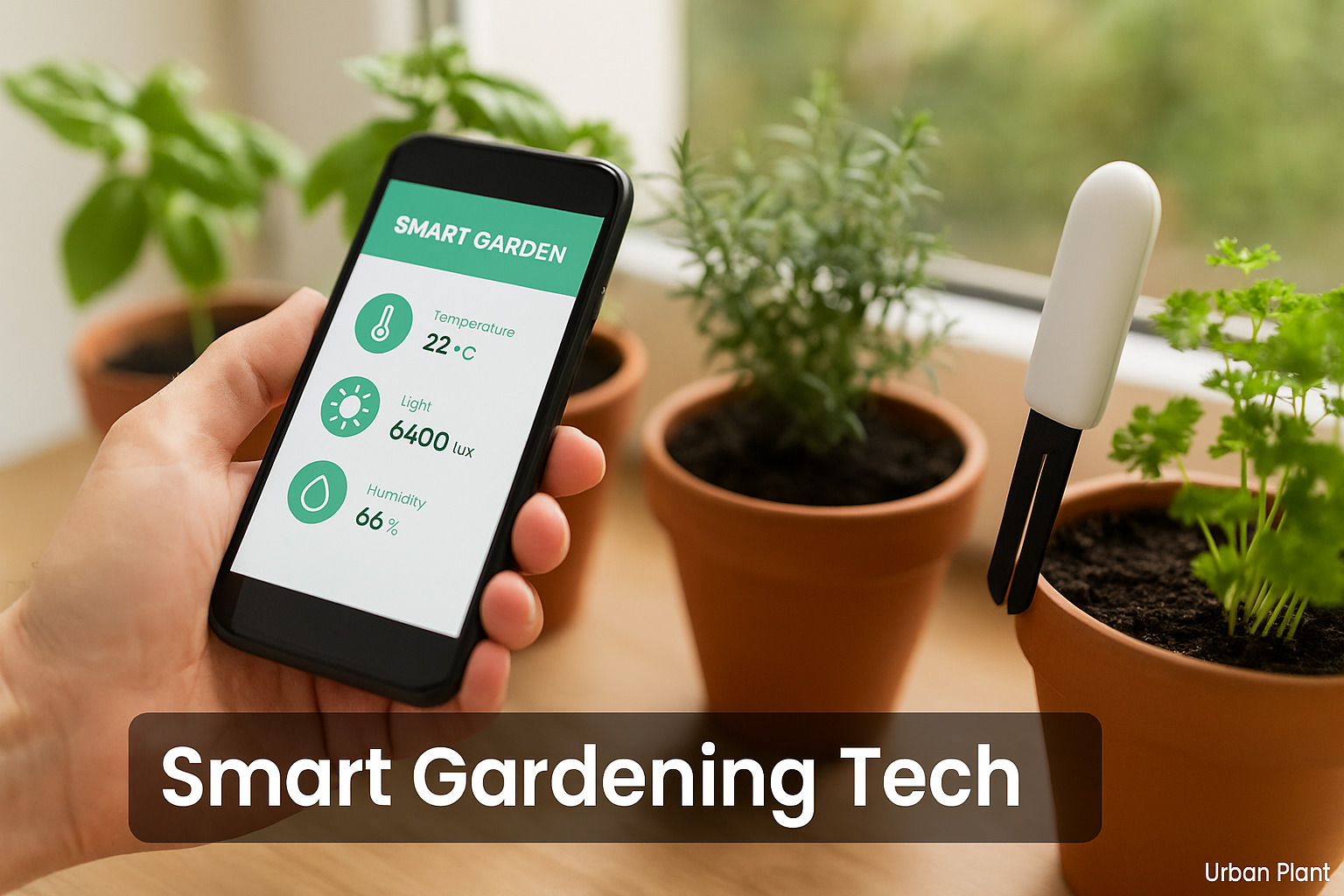
Gardening isn’t just about dirt under the nails anymore – in 2025, it’s gone high-tech! Smart gardening is a major trend, bringing modern tech into the soil.
What does that look like? Think app-controlled gadgets, sensors, and automation that make gardening easier and more efficient.
Some popular smart gardening tech and techniques include:
1- Smart Irrigation Systems
Automated drip irrigation kits with moisture sensors ensure your plants get watered only when needed, preventing overwatering.
You can even control some systems from your phone, adjusting schedules with a tap. This saves water and keeps plants healthy, a win-win for eco-conscious gardeners.
2- Plant Sensors
Tiny sensors inserted in soil can send data on moisture, light, and temperature to your smartphone.
You’ll get an alert when it’s time to water or if a plant needs more light. It’s like your fiddle-leaf fig can text you its needs!
3- Indoor Smart Gardens
Compact hydroponic units (like Aerogarden-style planters) are trending for kitchens and living rooms.
These gadgets provide automated LED grow lights and nutrient-infused water to grow herbs or salad greens at kitchen-counter scale.
Just fill the water reservoir and let the device handle the rest – many even have companion apps.
4- Robotic Helpers
While still emerging, some gardeners are experimenting with small robotic weeders or mowers for those with yard space.
These devices use AI to identify weeds or keep grass trimmed, reducing manual labor.
What’s driving this techy turn in gardening? Convenience and efficiency.
New gardeners might feel more confident with data and automation guiding them, and experienced gardeners appreciate the time saved.
For instance, a self-timed irrigation kit ensures your balcony tomatoes don’t dry out during a busy work week or vacation.
And as climate patterns become unpredictable, smart tools help adapt – e.g. rain sensors that delay watering during a downpour.
Even sustainability benefits: precision watering via smart tech conserves water, which is crucial as droughts and floods become more frequent and severe with climate change.
Eco-Friendly and Sustainable Gardening Trends Methods
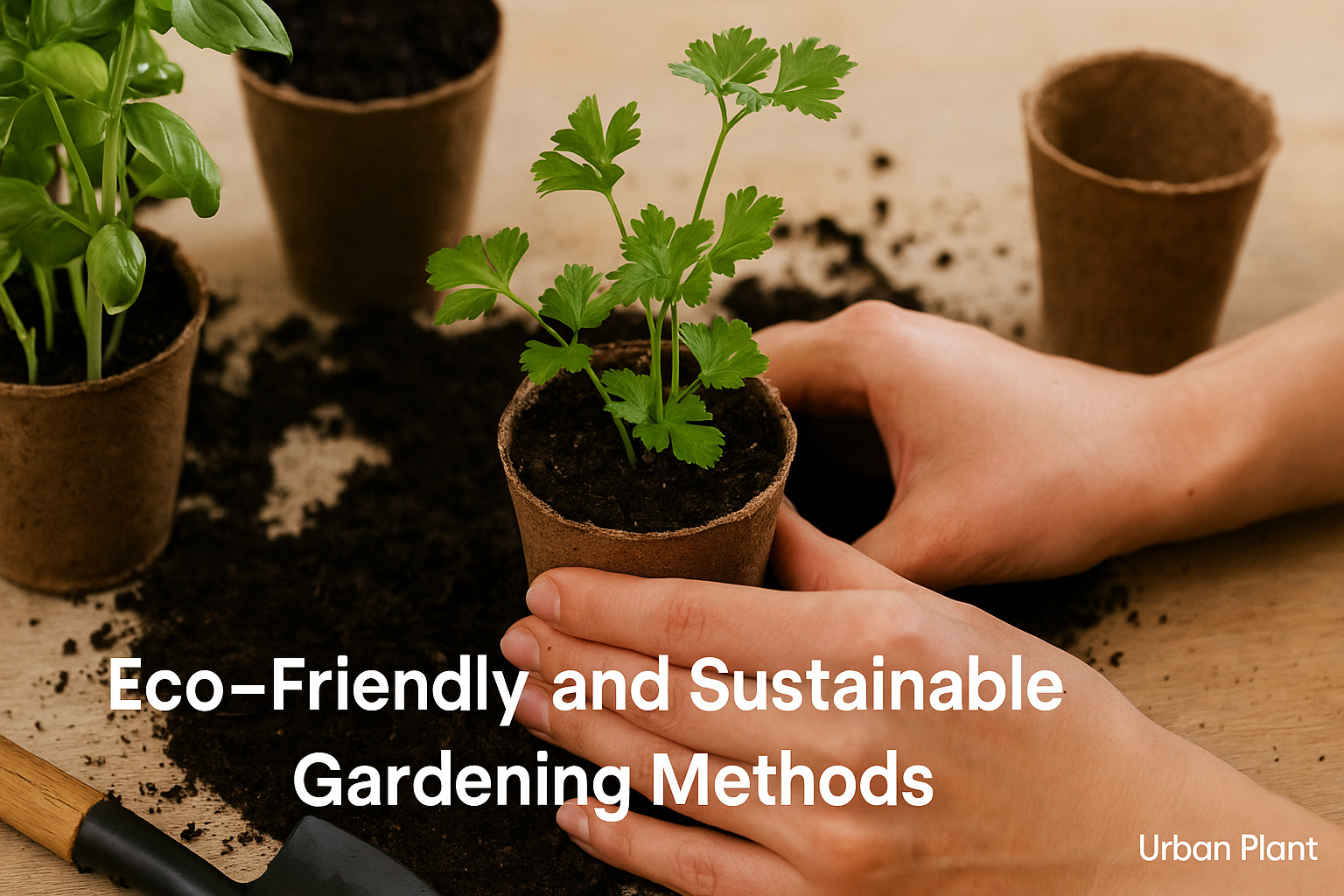
Gardening trends and sustainability go hand in hand, and 2025’s gardeners are greener than ever – literally and figuratively.
Eco-friendly gardening practices are hot as people try to reduce waste, save water, and support local ecosystems.
Here are some ways gardeners are going green:
1- Composting

Turning kitchen scraps and yard waste into “black gold” compost is on the rise. Whether in a large outdoor bin or a small indoor compost tumbler, composting reduces landfill waste and creates nutrient-rich fertilizer for plants.
Community gardens and individuals alike are composting veggie peels, coffee grounds, and leaves to enrich their soil naturally.
(If you’re new to it, start with a simple compost bin like the one pictured above – it’s easy!)
2- Rainwater Harvesting
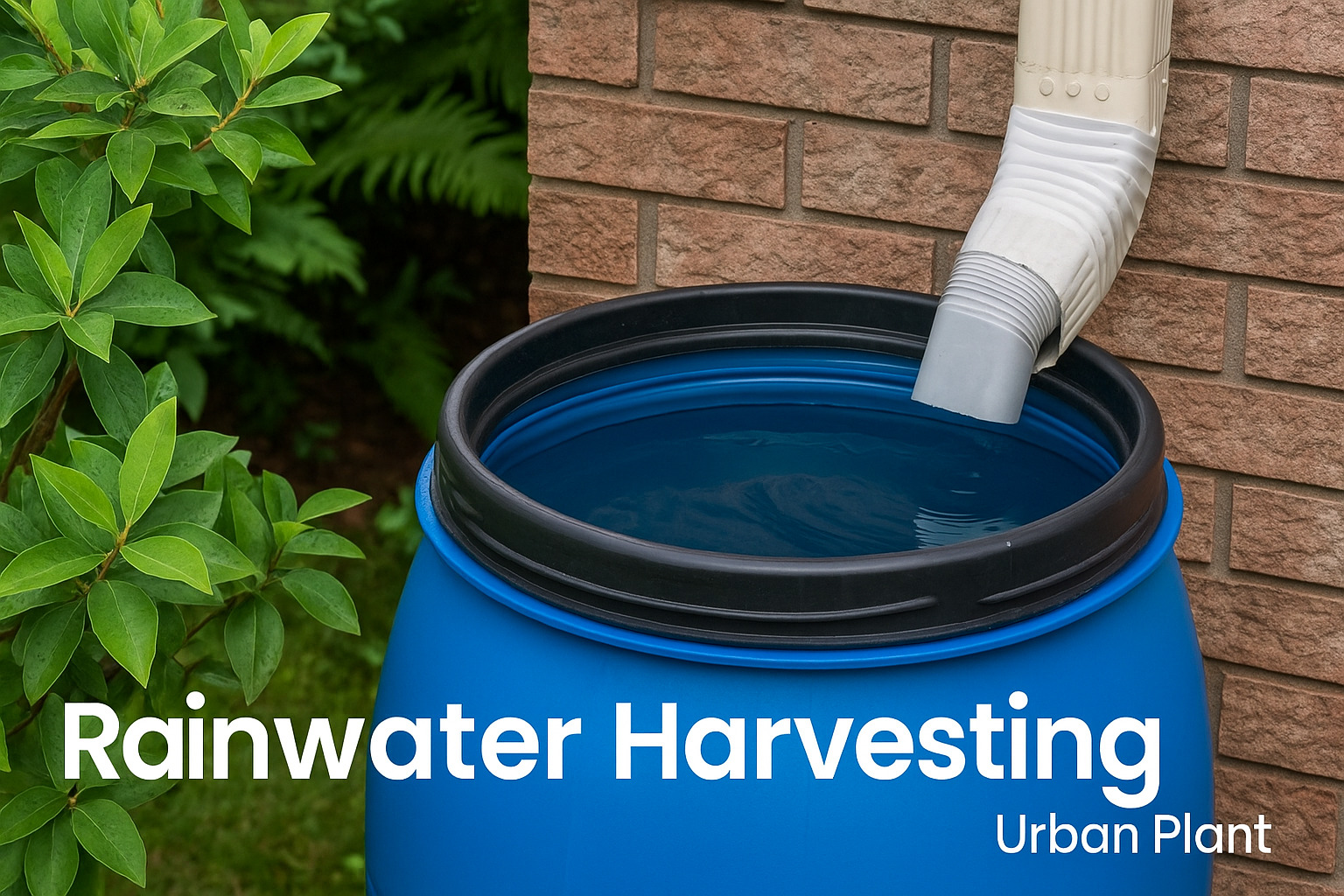
Rather than relying solely on the tap, gardeners are setting up rain barrels to catch runoff from roofs.
Using harvested rainwater for watering plants conserves potable water and saves money. Plus, it helps reduce stormwater runoff.
Many urban areas promote this with affordable rain barrel programs (check your local city or a .gov site for guidance).
3- Organic and Natural Methods
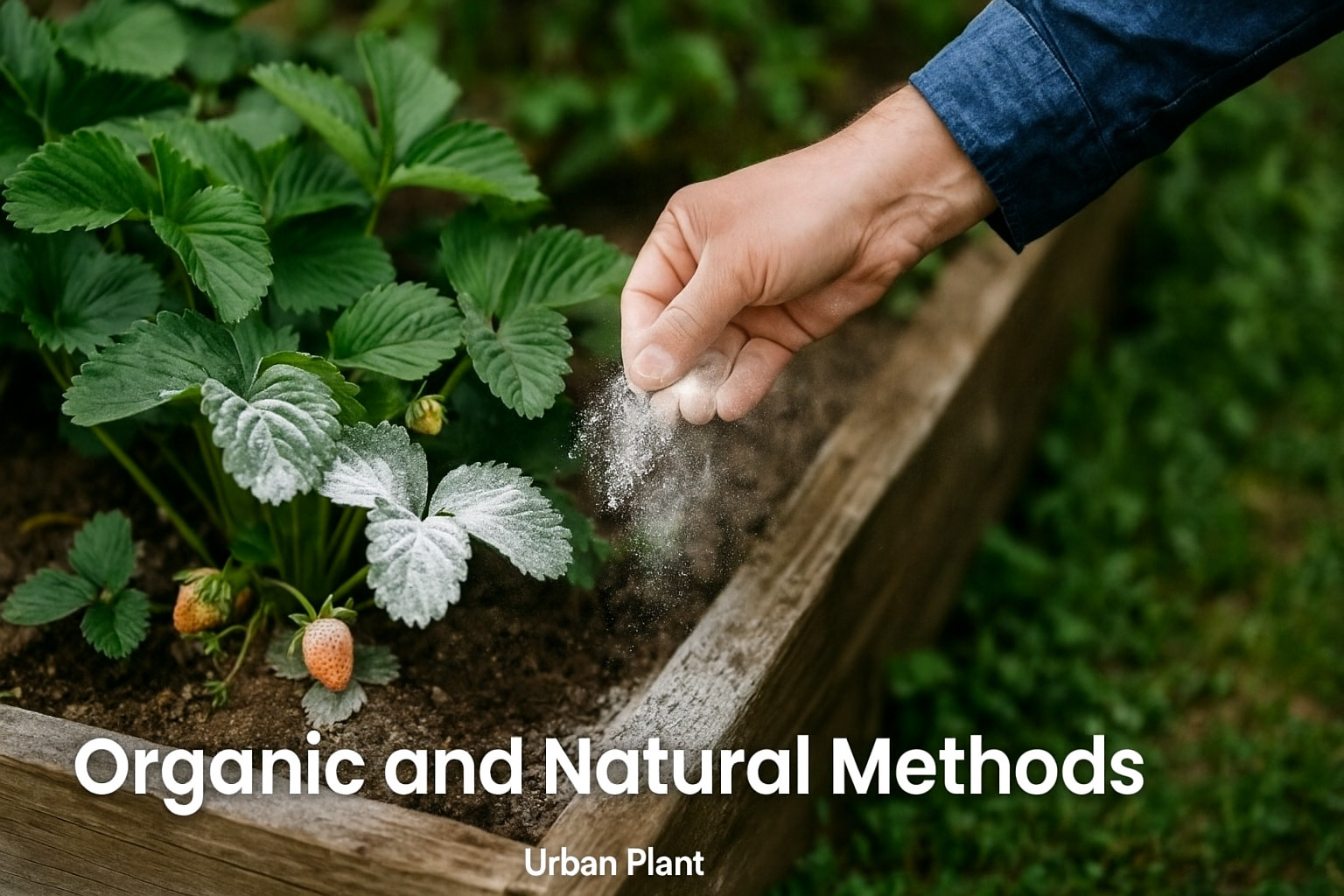
Say goodbye to harsh chemicals. From using organic pest control (like neem oil or companion planting to repel pests) to opting for organic fertilizer (compost, manure, worm castings), sustainable gardeners aim to keep their little ecosystems toxin-free.
It’s better for pollinators, pets, and people. Urban Plant even offers vermicompost and other natural soil boosters for those looking to enrich soil the eco-friendly way.
4- Recycled & Upcycled Materials
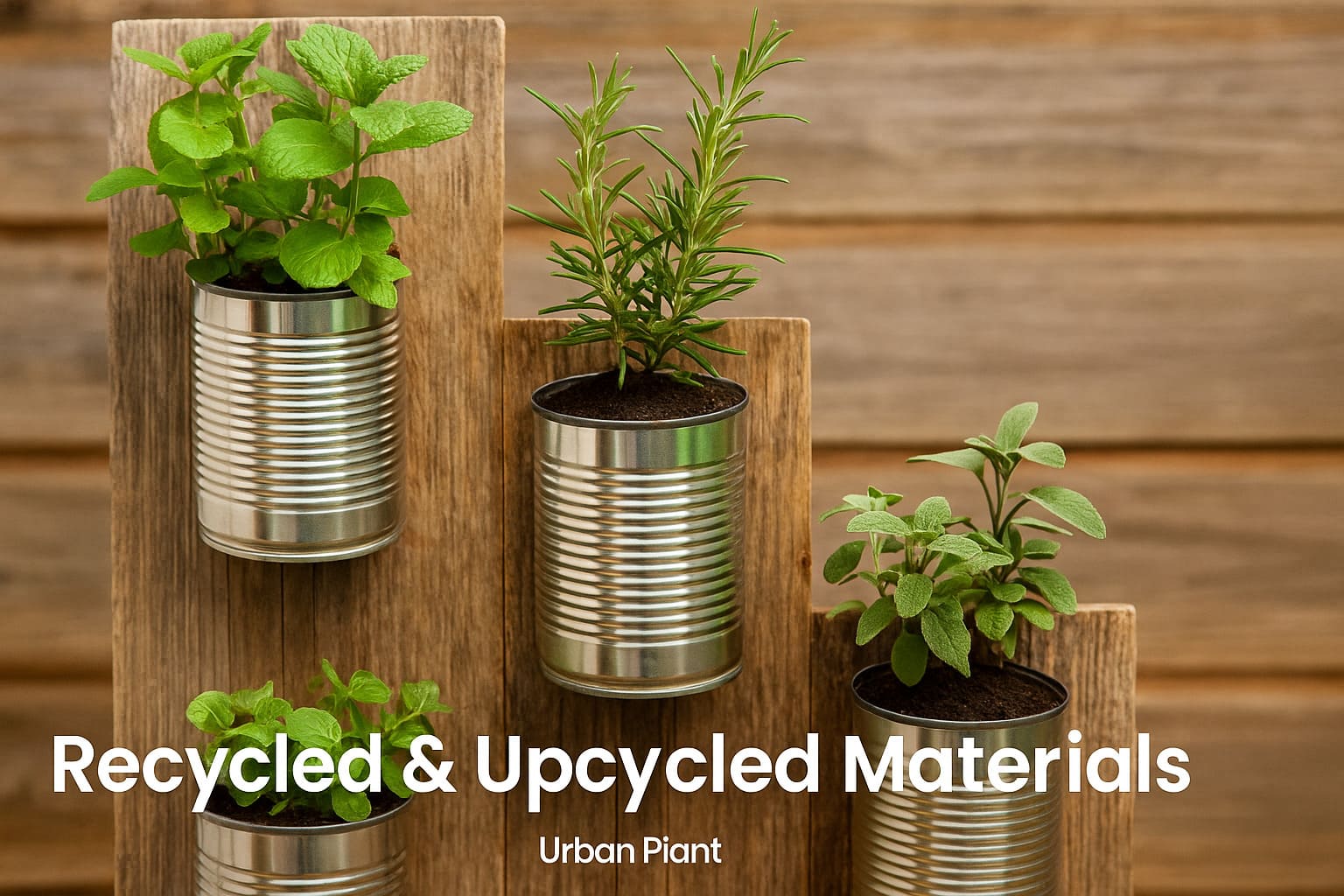
In the spirit of sustainability, many are choosing planters made from recycled materials and repurposing items as garden containers.
Eco-friendly planters (like Urban Plant’s line of recycled planters) are both stylish and kind to the planet. Pallets become vertical gardens, old buckets become potato planters – the only limit is imagination.
5- Native and Pollinator-Friendly Plant
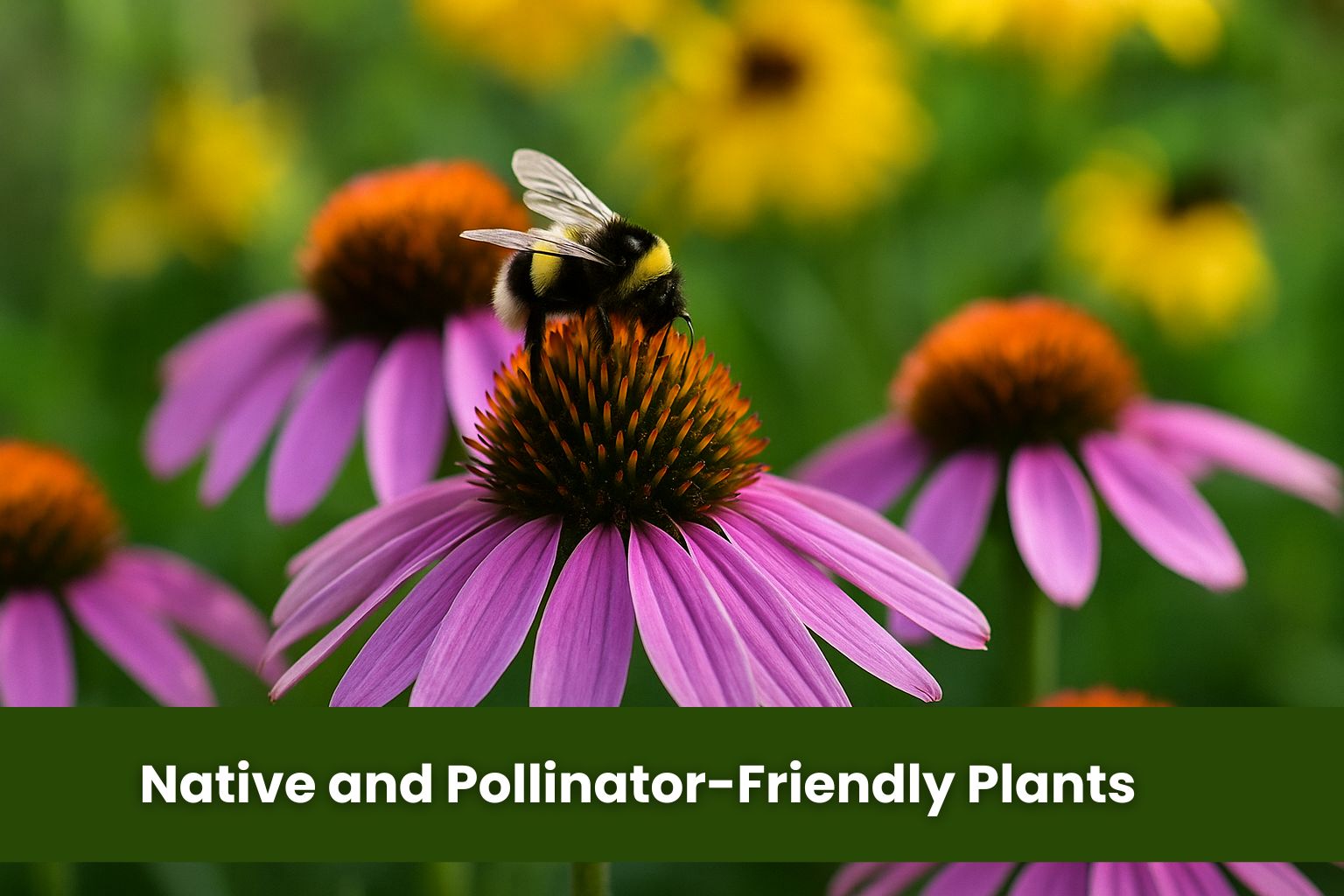
Another sustainable trend is planting native species adapted to the local climate, which typically require less water and care.
Gardeners also set aside space for pollinator gardens with wildflowers that support bees, butterflies, and other beneficial insects.
Not only do these plants thrive with minimal fuss, they help urban biodiversity bloom.
Going green in the garden isn’t just a feel-good exercise – it has real impact. Reusing organic waste and conserving water make cities more resilient.
Community gardens and urban farms have been shown to boost local ecosystems and even improve human well-being.
Community Gardening Trends: Growing Together in the City
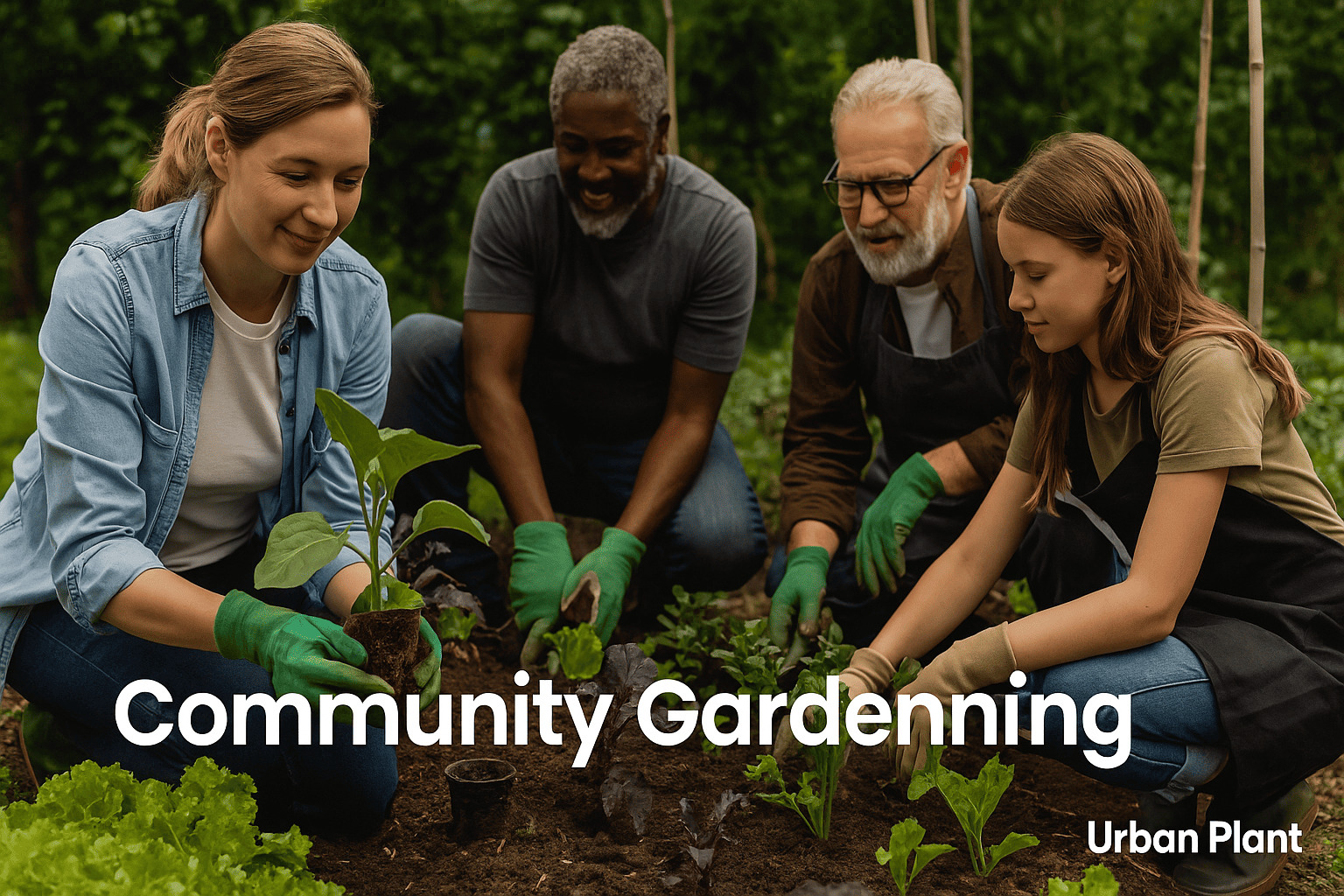
Gardening trends may often be a solitary, meditative hobby, but there’s a powerful social trend blooming: community gardening.
Across cities, neighbors are coming together to cultivate shared gardens in vacant lots, rooftops, or community centers.
These green havens not only produce fresh food and flowers, they also build friendships and stronger neighborhoods.
Benefits of community gardening trends
On the practical side, they increase access to healthy, hyper-local produce (some urban farms even help address “food deserts” by providing veggies in areas without grocery stores).
Environmentally, more green space means improved biodiversity and a cooler, prettier neighborhood.
A recent scientific study confirmed that urban community gardens support surprisingly high levels of plant and animal diversity while boosting gardeners’ well-being– a true win-win for people and the planet!
Productive rooftops, school gardens, co-op gardens – all fall under the community gardening umbrella.
Even apartment complexes are adding shared garden beds for residents.
The urban gardening trends 2025 clearly indicate that gardening is no longer a solo pastime; it’s a social endeavor rejuvenating concrete jungles into collaborative green landscapes.
Real Examples and Expert Tips
Nothing inspires like real-world success stories and a few pro tips.
Here are a couple of what’s hot in gardening 2025 examples and advice from seasoned green thumbs:
Urban Jungle Apartment: Take the example of Instagram influencer @CityPlantLover, who transformed her tiny studio into a lush indoor jungle.
She started with easy pothos and snake plants, then added shelving to create tiers of greenery in her living room.
Her tip: “Group plants with similar needs together. It makes care easier and the visual impact lusher.”
Community Garden Revamp: In one Chicago neighborhood, volunteers turned an abandoned lot into a thriving community vegetable garden.
By hauling in compost, building raised beds from reclaimed wood, and installing a rain barrel, they created a sustainable food garden that now feeds several families.
Their tip: Start small and be patient. The project began with just one raised bed and a few tomato plants.
Expert Advice – Low Maintenance Doesn’t Mean No Maintenance: Gardening expert Carmen Johnston reminds us that even “easy” plants need some love.
“Consistent care, even if minimal, is key,” she says. Instead of sporadic attention, develop a simple routine: check your plants every Sunday, for example. J
By learning from these real examples and heeding tips from veteran gardeners, you can avoid common pitfalls and accelerate your own gardening success.
Home gardening trends 2025 are as much about sharing knowledge as they are about innovative practices.
FAQ: Urban Gardening Trends 2025
1. What’s trending in urban gardening for 2025?
Vertical gardens, smart plant care tools, kitchen herb gardens, and eco-friendly practices are leading urban gardening trends in 2025.
2. How do I start a kitchen herb garden at home?
Use small pots on a sunny windowsill to grow herbs like basil, mint, and parsley. Water regularly and harvest often to keep herbs thriving.
3. Which are the best low-maintenance plants for busy people?
Try snake plants, pothos, succulents, and ZZ plants—they need minimal watering and thrive in low light.
4. What is smart gardening in 2025?
It involves using apps, soil sensors, and automated irrigation systems to monitor and care for plants more efficiently.
5. How can I garden in a small apartment?
Use vertical planters, railing pots, or hanging baskets to grow upward. Even tight spaces can support vibrant mini gardens.
6. What are some eco-friendly gardening methods?
Composting, rainwater collection, organic fertilizers, and native plants help reduce waste and support sustainability.
7. Are kitchen herb gardens eco-friendly?
Yes. They reduce food waste, packaging, and emissions from store-bought herbs—making them a sustainable gardening choice.
Conclusion
Gardening in 2025 is an exciting mix of old-school wisdom and new-age innovation.
Whether you’re tending a kitchen herb garden on a windowsill or managing a whole community plot, the core idea remains the same: nurturing life in whatever space you have.
The home gardening trends 2025 we’re seeing – from vertical jungles and tech-savvy planters to eco-conscious methods – all point to gardening becoming more accessible, creative, and beneficial than ever.





